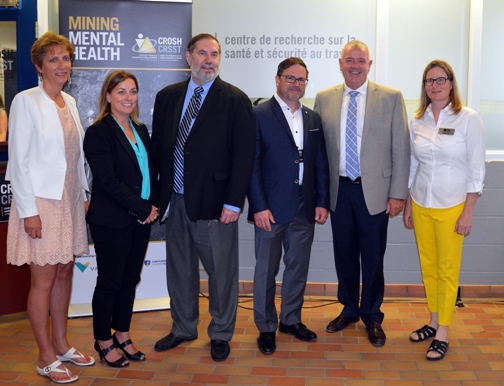http://www.cbc.ca/news/canada/thunder-bay
Not everyone is happy about a recently announced pan-Canadian task force on diesel fuels in remote communities.
The Nishnawbe Aski Nation says it’s been trying to deal with electricity issues in its communities for years, and wants separate negotiations with the Ontario government.
In a statement, NAN said some of its member First Nations want to accelerate their energy developments and can’t wait for the new process to get going. “It is NAN’s position … that the unique nature of our territory, demography and remoteness justify a separate negotiations table within the Ontario round-table or [pan-Canadian] task force as NAN First Nations,” the statement said.
“[The First Nations’] energy groups’ progress cannot be impeded by an all-Ontario or [pan-Canadian] approach.”
Ontario, Manitoba, Quebec, Newfoundland and Labrador, Northwest Territories and Yukon established the task force, which will prepare a report that examines efforts that have been, or are currently, underway to reduce diesel use in remote communities, among other things.

























